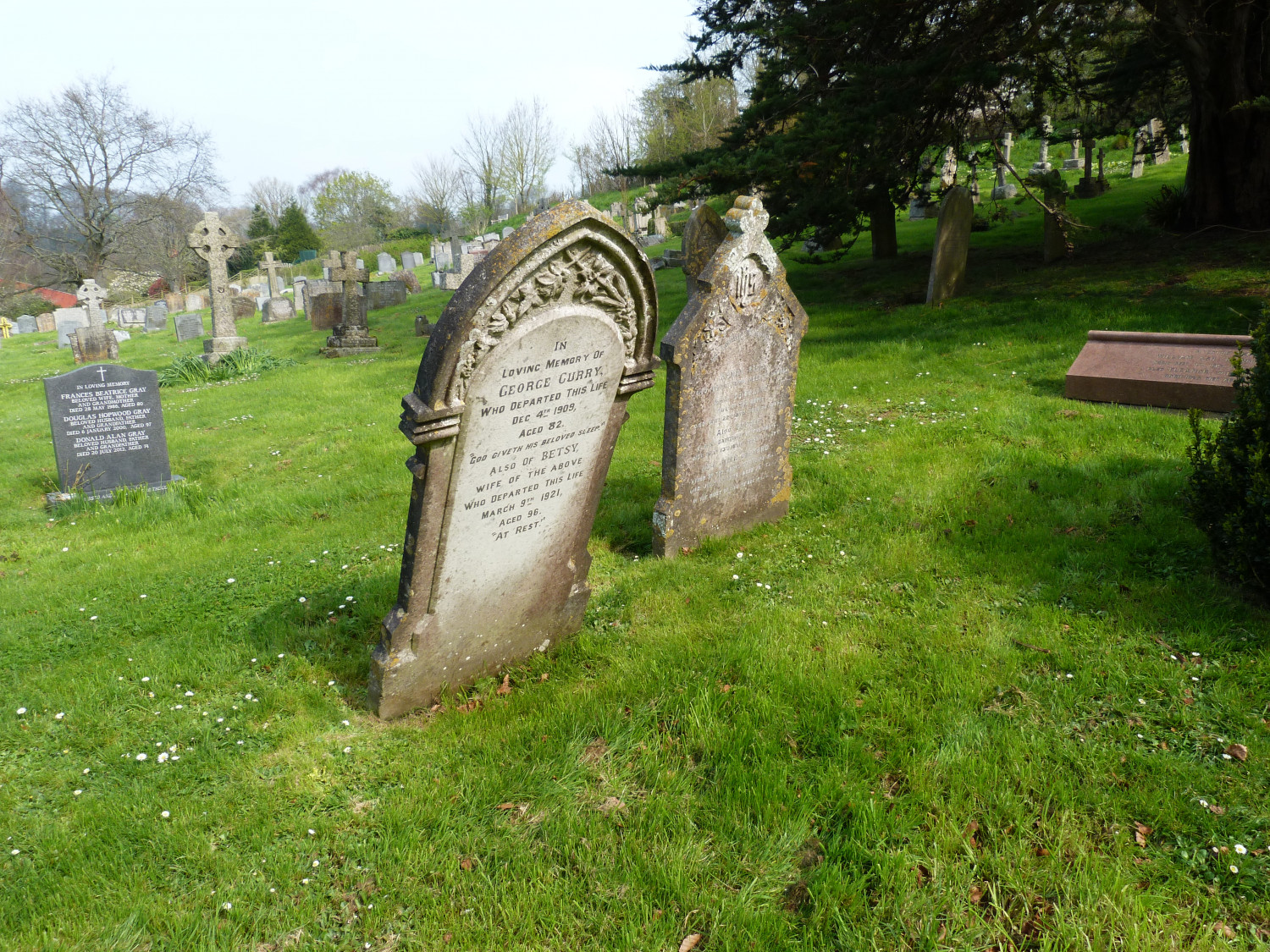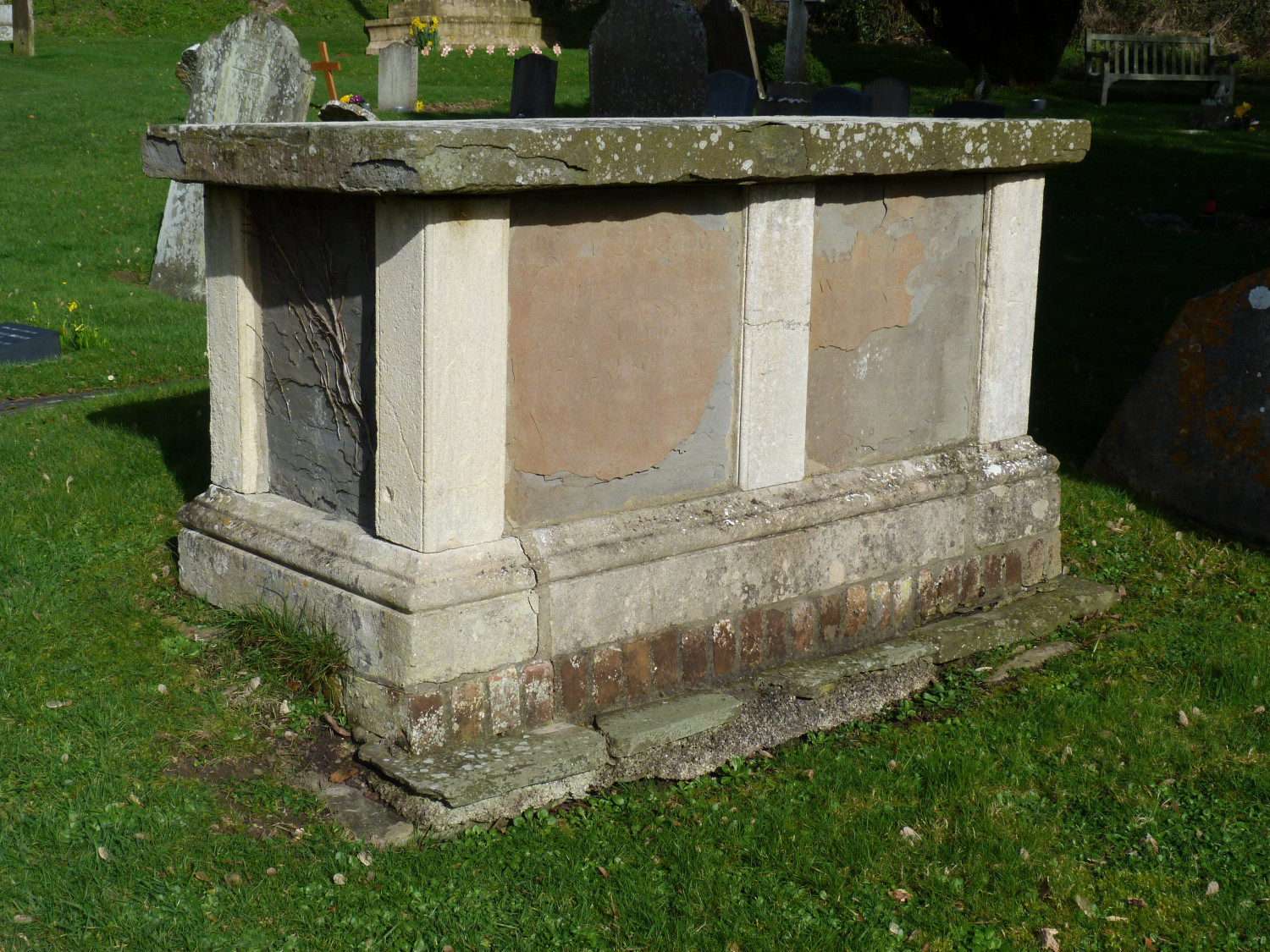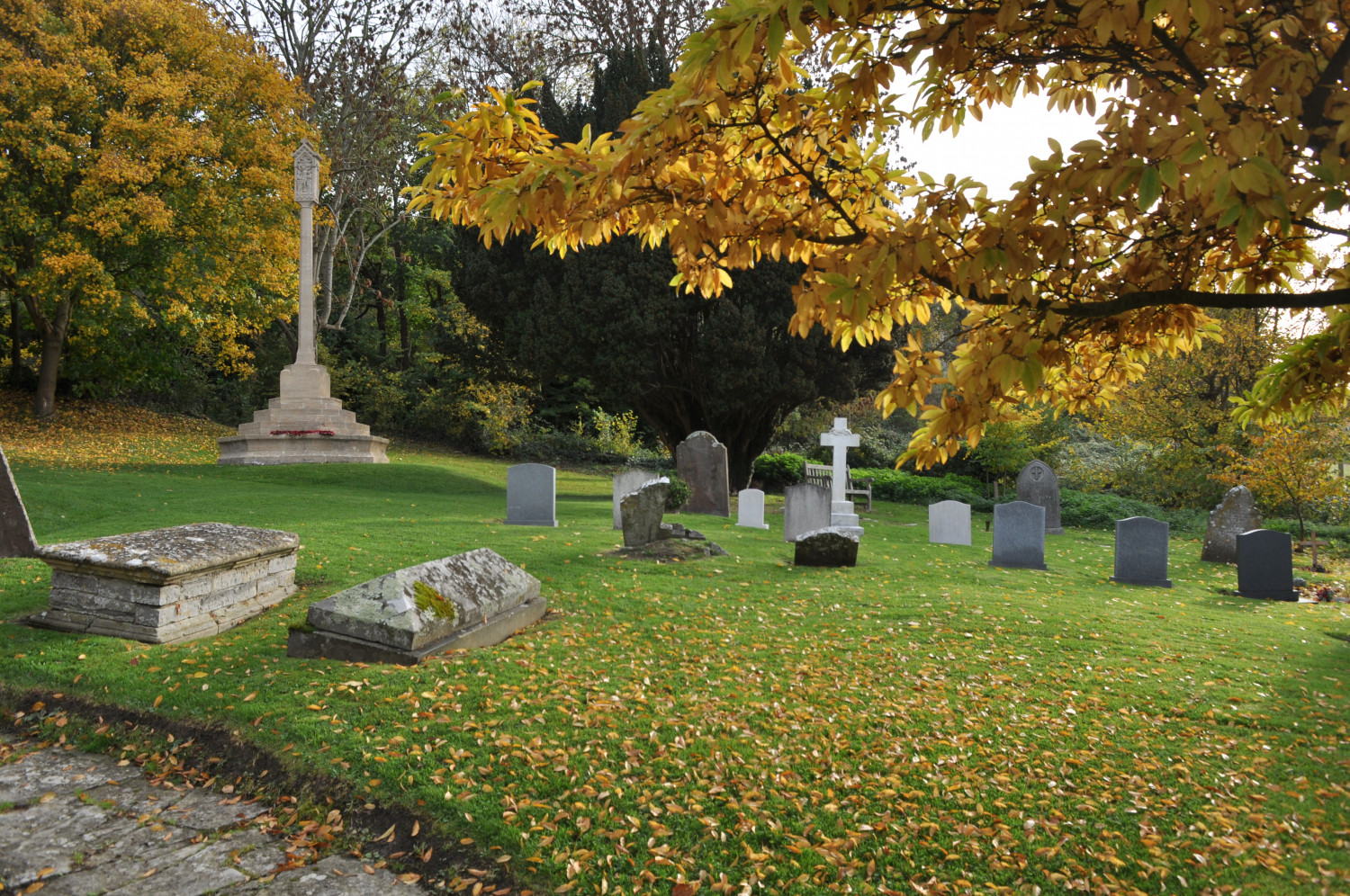

How old is a churchyard? As old as the church might be the obvious answer, but that begs the question of how accurately one can date a church building. In the case of St Michael’s the evidence from the stonework is that it dates back to the 12th C after the Norman conquest. But could there have been an earlier church made from wood that did not survive? We simply don’t know the answer to that but interesting evidence emerged in 2005 that the site had been used as a burial ground. A cesspit was being dug in the churchyard to drain effluent from the new toilet that was installed in the boiler house, and human bones were found. These were identified as being of Saxon origin. However, there is another known Saxon burial site about half a mile away up Hill Lane on a field next to Ball Copse Hall. So a Saxon church could have been built on either site.
Nowadays we associate graves with monuments such as gravestones and sculpted memorials but this has not always been the case. Memorial practices have evolved over the centuries.
In the middle ages the south side of the churchyard was the only part of the churchyard that was consecrated for burial. In those days, if you were very rich you could command a memorial in the church, but the less well off would have been buried in the south part of the churchyard in an unmarked grave. The north side of the church was not consecrated and was known as the “devil’s side ”. Burial there was restricted to sinners such as felons and those who committed suicide.
Gravestones and monuments outside the church began to be erected in the 17th C. In St Michael’s there are two definite memorials that date back to this century and a few that may date back to the 17th and 18th C but have illegible inscriptions. One notable memorial from the latter part of the 18th C is in the south churchyard close to the south vestry door. This is the table tomb of Edward Symes, a local Parish Surgeon, who died in 1781. From the 19th C onwards the demand for a plot with a gravestone rose and burials extended to the east, west and finally the north side of the church. St Michael’s churchyard remains open and was extended to the west in the latter part of the 20th C to allow for the increased demand for burials. Recently a Garden of Remembrance has been added on the west side for memorials of those who have been cremated.
Our churchyard is unusual in that the Brent Knoll War Memorial is in the churchyard to the east of the church. Most War Memorials were built in village or town centres. Each year the Remembrance Service starts outside the church by the War Memorial and a procession, led by the British Legion banners, goes directly into the church for the Remembrance Service.
.
The value of churchyards as wildlife havens is now well recognised. In towns and cities they may provide scarce refuges for nature in an otherwise built up area, and in the countryside they may be oases in a barren landscape of improved agricultural land that supports a diminished flora and fauna. Brent Knoll is fortunate to have a reasonably diverse local landscape and church is on the edge of the village development with steep fields and paths to the north. There is a good range of flowers, mosses and lichens and birds to be seen in the churchyard.
For a map and a general description of the churchyard and a map suggesting two short walks around Brent Knoll starting at the church please click here. A tour of the churchyard can be seen by clicking here.
The PEACH project has provided opportunities for local people to visit the churchyard to see the monuments and wildlife. Webpages have been set up for each major category of wildlife. There is also one that describes three significant memorials and gravestones near the south vestry door.